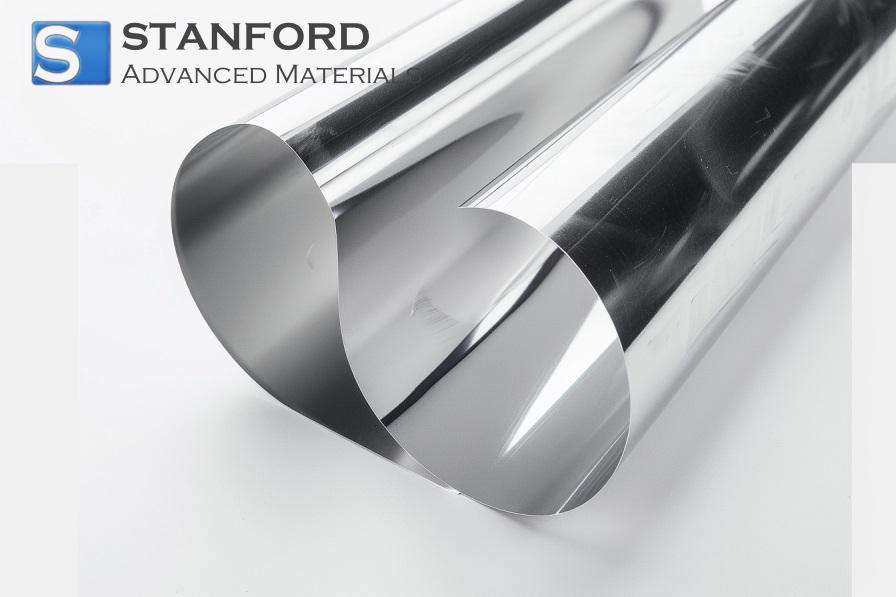Is Silicon Carbide A Good Conductor Of Electricity?
Introduction
Silicon Carbide (SiC) demonstrates progress in materials science. It offers multiple applications based on its defined physical and chemical properties. This article presents measured properties and industrial roles.
![]()
The Versatility of Silicon Carbide
Silicon Carbide has a bluish-black, insoluble crystalline structure. It is produced by heating a carbon source with sand at high temperatures. It is used as an abrasive and refractory material. It also serves various industrial processes.
Further reading: An Introduction to Silicon Carbide Abrasives
Cross-Industry Applications
Silicon Carbide is utilised in critical applications such as plain bearings, sealing rings, wear parts, sintering aids, crucibles, semiconductor components, heating elements and burner nozzles. Its use improves energy efficiency, operational reliability and thermal management.
![]()
Advantage for Semiconductors
One measured property of Silicon Carbide is its ability to function as a semiconductor material. This property benefits applications that require improved resistance and electrical conductivity. Silicon Carbide contributes to progress in electronic component design.
Specific Properties of Silicon Carbide
Silicon Carbide possesses distinct properties that support its use in various industrial contexts:
- High Hardness: Silicon Carbide records a Mohs hardness of approximately 9.5.
- Chemical Inertness: It resists chemical reactions and maintains its stability in severe conditions.
- High Thermal Conductivity: It conducts heat efficiently and is used in thermal management applications.
- Low Thermal Expansion: It exhibits minimal expansion and contraction when temperatures fluctuate.
- High Temperature Strength: It retains its structure under elevated temperature conditions.
- Electrical Conductivity: When doped, it functions either as a semiconductor or as an electrical conductor.
- Abrasion and Wear Resistance: It shows significant resistance to wear and abrasion.
Manufacturing Process
Silicon Carbide is produced by heating quartz sand with a carbon source, typically petroleum coke, inside an Acheson furnace. The process uses high temperatures to form crystalline Silicon Carbide particles.
The particles are available in both green and black forms. The colour difference correlates with purity; green SiC has a higher purity than black SiC.
Further reading: Methods for Producing Silicon Carbide and Their Advantages
Conclusion
Silicon Carbide exhibits many properties that make it a material of industrial importance. It offers a measured hardness, wear resistance and functions as both a semiconductor and conductor. Stanford Advanced Materials supports applications of Silicon Carbide in industrial technology.

 Bars
Bars
 Beads & Spheres
Beads & Spheres
 Bolts & Nuts
Bolts & Nuts
 Crucibles
Crucibles
 Discs
Discs
 Fibers & Fabrics
Fibers & Fabrics
 Films
Films
 Flake
Flake
 Foams
Foams
 Foil
Foil
 Granules
Granules
 Honeycombs
Honeycombs
 Ink
Ink
 Laminate
Laminate
 Lumps
Lumps
 Meshes
Meshes
 Metallised Film
Metallised Film
 Plate
Plate
 Powders
Powders
 Rod
Rod
 Sheets
Sheets
 Single Crystals
Single Crystals
 Sputtering Target
Sputtering Target
 Tubes
Tubes
 Washer
Washer
 Wires
Wires
 Converters & Calculators
Converters & Calculators
 Write for Us
Write for Us



 Chin Trento
Chin Trento



